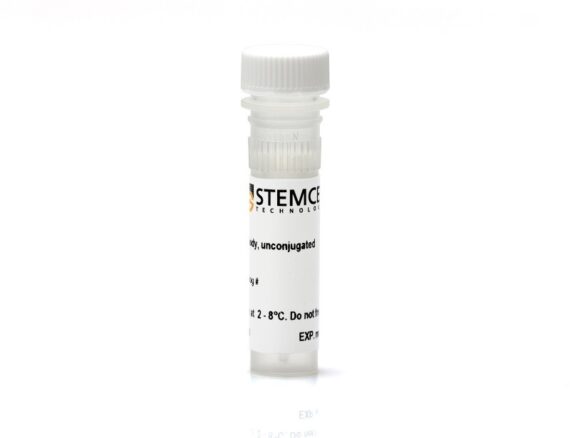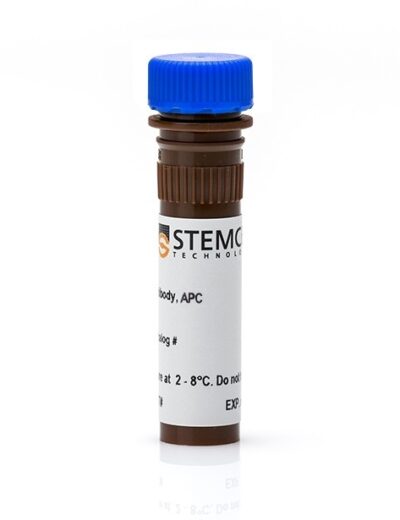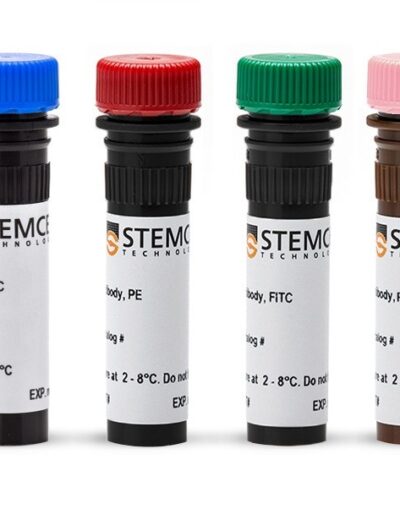Anti-Human CD66b Antibody, Clone G10F5 Mouse monoclonal IgM antibody against human, chimpanzee CD66b
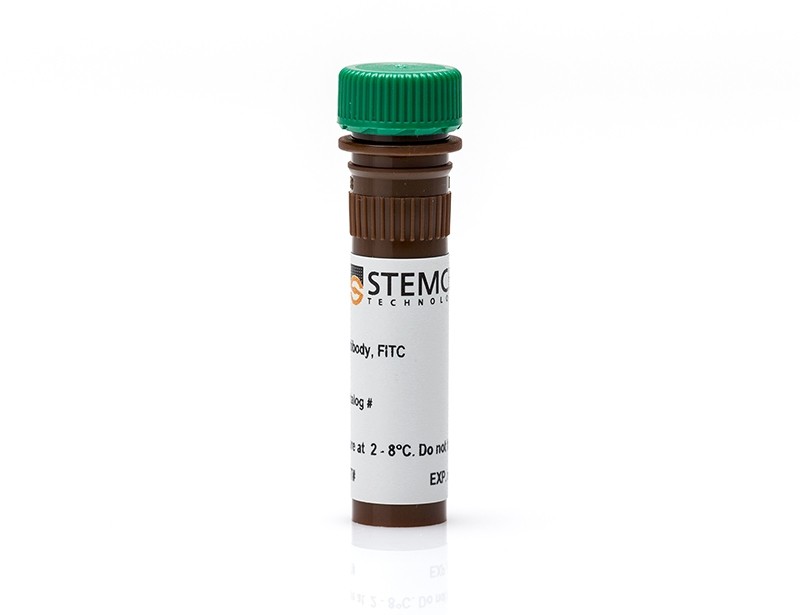
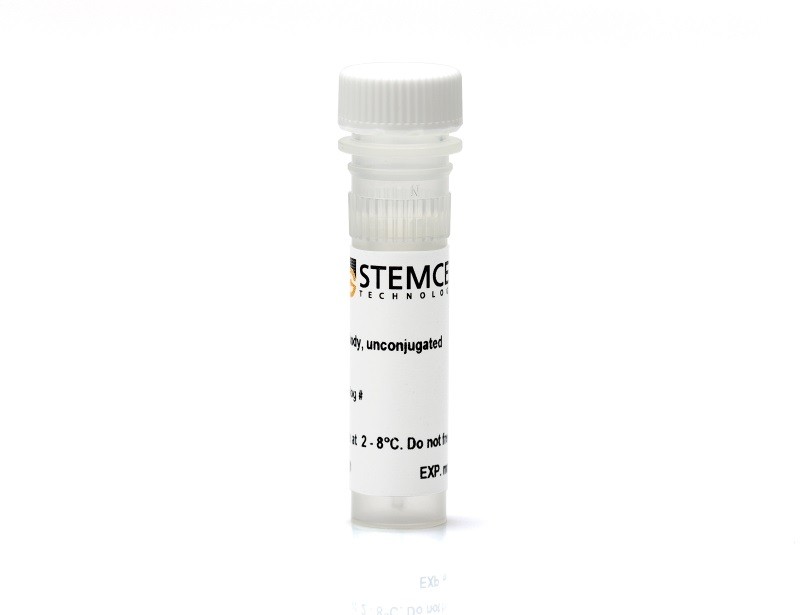
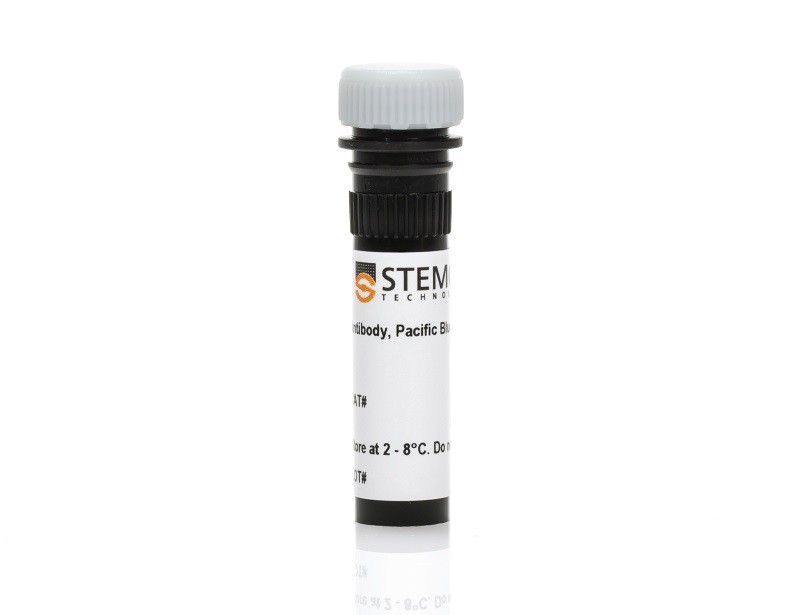
Overview
The G10F5 antibody reacts with CD66b (previously denoted CD67), an ~95 kDa single-chain glycosylphosphatidylinositol (GPI)-linked glycoprotein expressed by neutrophilic and eosinophilic granulocytes. CD66b is a member of the carcinoembryonic antigen (CEA)-like subfamily of proteins within the immunoglobulin superfamily and possesses two Ig-like C2-type domains and one Ig-like V-type domain. In neutrophils, CD66b is localized within granules in the cytoplasm as well as being expressed on the plasma membrane. Surface expression levels increase upon granulocyte activation, an effect induced by stimulators such as phorbol myristate acetate (PMA), calcium ionophore, and N-formylmethionyl-leucyl-phenylalanine (FMLP). CD66b appears to play a role as a signaling receptor involved in cell adhesion, phagocytosis, and chemotaxis by regulating granulocyte activation and adhesion to several proteins, including CD66c, galectin-3, fibronectin, and E-selectin.
Subtype: Primary Antibodies
Target Antigen: CD66b
Alternative Names: Carcinoembryonic antigen-related cell adhesion molecule 8, CD67, CEACAM8, CGM6, NCA-95
Reactive Species: Chimpanzee; Human
Conjugation: APC; FITC; PE; Unconjugated; Pacific Blue
Host Species: Mouse
Cell Type: Granulocytes and Subsets; Myeloid Cells
Application: Functional Assay; Flow Cytometry; Immunocytochemistry; Immunofluorescence; Immunohistochemistry; Immunoprecipitation; Western Blotting
Area of Interest: Immunology
Clone: G10F5
Gene ID: 1088
Isotype: IgM, kappa

